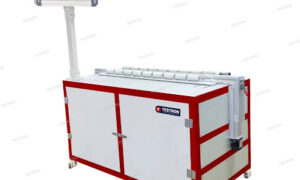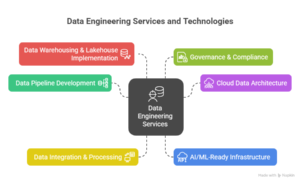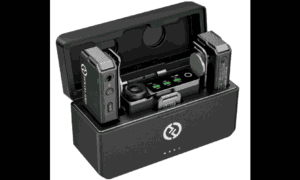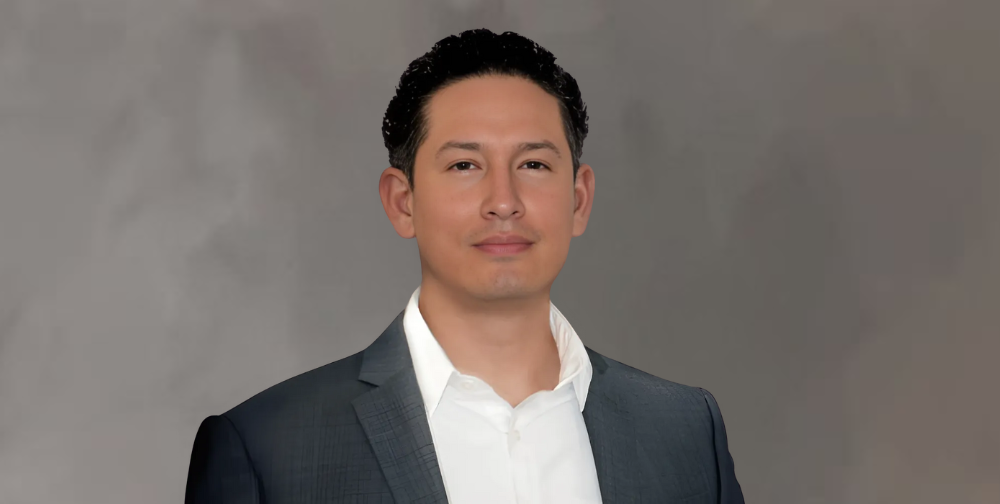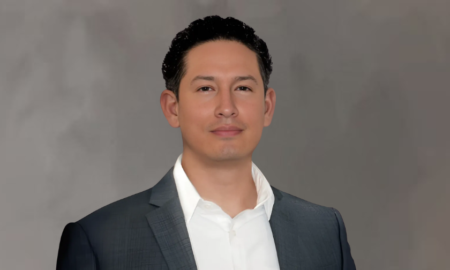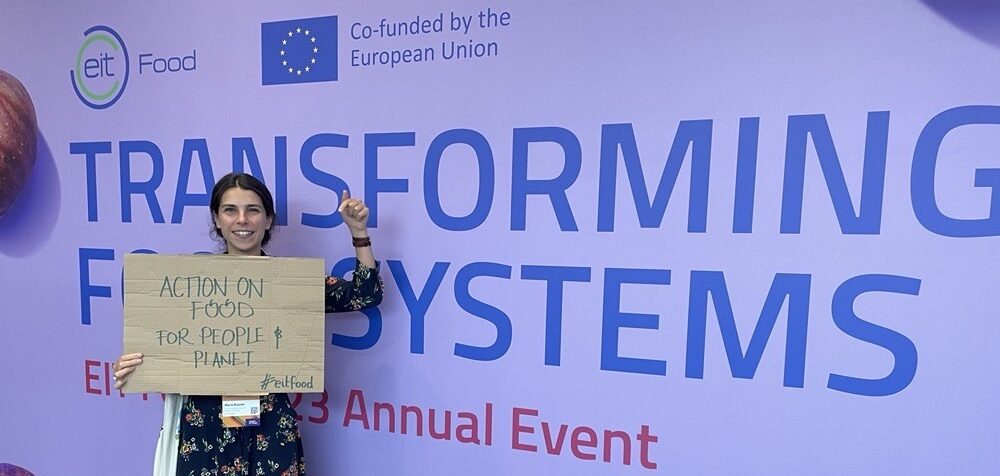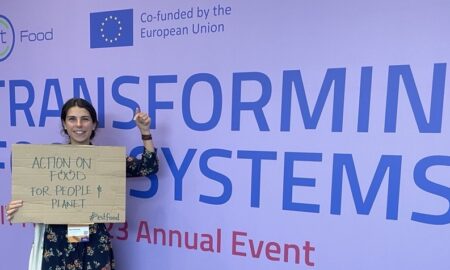In a world racing toward faster, more secure, and energy-efficient connectivity, one name is quietly rising in the vanguard of wireless communications: Eunice Kamau. A Finnish-trained telecom engineer and software innovator with deep roots in network systems and applied research, Kamau is emerging as a transformative figure in the commercialization of mid-infrared optical wireless communication, a frontier technology with the potential to complement and strengthen the backhaul infrastructure of future 5G and 6G networks.
From her time at Nokia, one of the globe’s leading mobile infrastructure firms, to her pivotal contributions at PhotonBridge Oy, Kamau’s career reveals a deliberate, strategic trajectory toward solving some of the most complex challenges in next-generation telecommunications. At its core, her work converges around one question: how do we make wireless data transmission faster, more sustainable, and more secure, using the untapped regions of the electromagnetic spectrum?
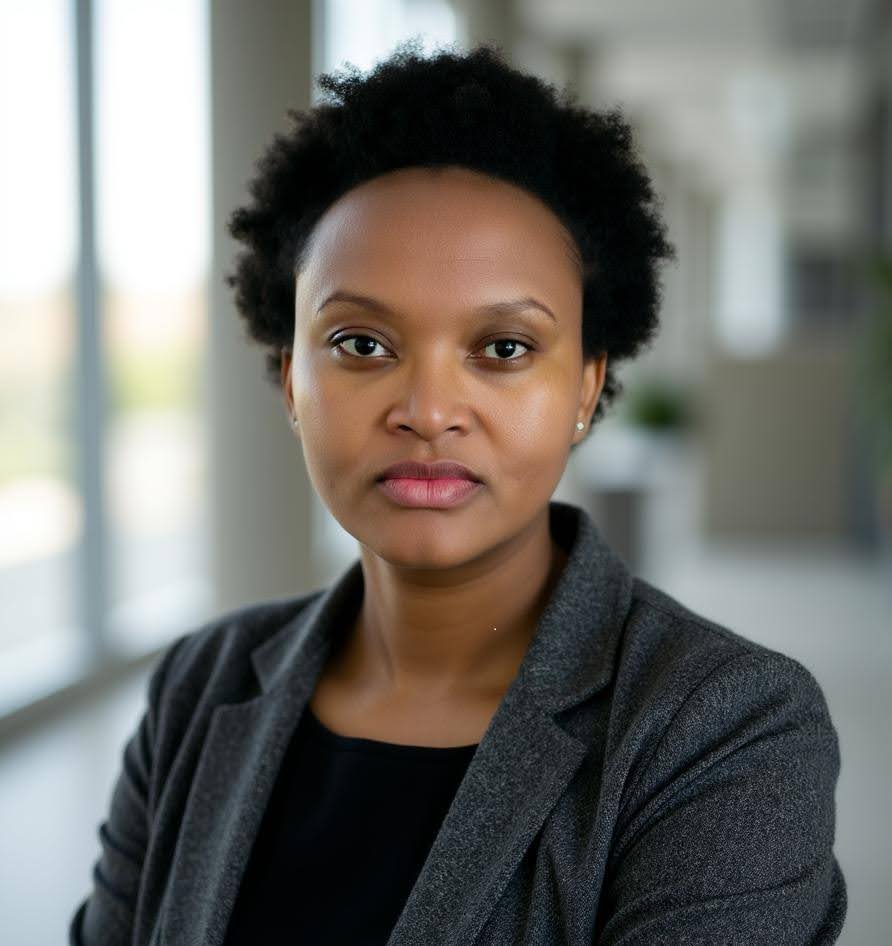
Eunice Kamau
From Networks to Nanophotonics: A Systems Thinker’s Journey
Kamau’s career didn’t begin in research labs or venture-backed startups. Her formative professional years were spent in the operations nerve centers of Nokia, where she worked on designing, optimizing, and troubleshooting networks across various spectrum bands. For half a decade, she was immersed in the engine room of modern connectivity—real-world 3G, 4G, and later 5G infrastructure projects. That experience cemented her systems thinking approach.
At Nokia, she honed a rare skillset—fluency across both hardware and software domains. She managed network performance at the ground level and collaborated across interdisciplinary teams that included firmware engineers, radio planners, and customer delivery teams. It was this hybrid technical agility that later proved crucial when she joined PhotonBridge Oy, a deep-tech spin-off from the University of Helsinki.
PhotonBridge was not just another startup. It was born out of cutting-edge research from the Laser Spectroscopy Group at the University of Helsinki and focused on a wildly ambitious vision: to develop mid-infrared (mid-IR) free-space optical transceivers capable of terabit-per-second (Tbps) wireless links. In a world dominated by near-infrared fiber optics and congested radio frequencies, this was a radical departure.
Kamau joined the company as a Product Manager and Visiting Researcher, straddling the complex space between theoretical photonics and practical engineering. Her mandate was equally ambitious—she was to oversee commercialization strategy, guide technical validation, and initiate early-stage market partnerships, particularly with defense, aerospace, and telecom sectors.
Yet Kamau’s impact was not merely organizational. She played an integral technical role, helping validate the mid-infrared (mid-IR) transceiver prototypes, aligning the hardware with broader system requirements, and evaluating their potential for integration into next-generation wireless and optical networks. Her background in telecom engineering enabled her to bridge the gap between advanced photonic design and the practical demands of scalable network deployment—acting as a translator between the language of lasers and the realities of real-world communication systems.
“We’re not just improving signal quality. We’re rethinking the role of light itself in data transmission,” Kamau noted in an internal strategy brief. “Mid-infrared beams offer more than just speed—they bring improved signal integrity, natural resistance to atmospheric interference, enhanced data security, and access to a largely untapped portion of the spectrum capable of supporting terabit-scale throughput.”
Her team believed that unlocking this potential could deliver transformative benefits: ultra-high data rates, enhanced spatial resolution, and built-in security advantages for mission-critical communications in dense urban environments and defense-grade networks.
The PhotonBridge Proposition: Reclaiming the Spectrum
At the heart of PhotonBridge’s innovation lies a bold challenge to the status quo. Traditional optical wireless communication (OWC) has largely relied on near-infrared wavelengths—efficient for fiber optic systems but limited by spectrum saturation and vulnerability to interference. By shifting to mid-IR wavelengths, PhotonBridge sought to carve out a new frequency domain, enabling wireless communication links that are less susceptible to fog, sunlight interference, and jamming.
Kamau’s role was crucial in integrating these complex technologies into market-ready applications. “In a way, we’re writing a new playbook,” she shared in closed-door stakeholder discussions. “From modulation schemes to receiver sensitivity, everything had to be adapted, optimized, and tested outside controlled lab environments.”
Her responsibilities spanned across validating system performance under various weather and distance scenarios, managing feedback from early pilot users, and ensuring design compliance with potential future 6G protocols. Under her guidance, PhotonBridge began early-stage dialogue with Finnish defense contractors and European telecom equipment manufacturers—conversations that positioned the company as a quiet disruptor in secure data transport.
Kamau’s leadership positioned PhotonBridge on a promising commercialization trajectory. Under her strategic guidance, the company sharpened its value proposition for potential investors and began exploring entry points into deep-tech investment and licensing networks. Her insights on photonics and telecom convergence also attracted interest within closed-door industry working groups focused on future 5G infrastructure.
But Kamau’s contribution to telecom innovation goes far deeper than product launches or pitch decks.
Rewriting the Energy Equation for 5G and Beyond
In parallel with her industry work, Kamau developed a research portfolio that reveals her academic rigor and long-term vision. Her Master’s thesis, submitted to Tampere University, focused on a largely underexplored dimension of 5G performance: energy efficiency across different frequency bands. The study, titled “Energy Efficiency Comparison Between 2.1 GHz and 28 GHz Based Communication Networks,” presented one of the few real-world modeling attempts to quantify energy consumption at system level for mmWave deployment.
Her research was technically rich, grounded in simulations within dense urban environments. The systems were modeled under realistic parameters—base station configurations, channel bandwidths, received signal strength indicators, spectral and power efficiency measures. It showed that while mmWave (28 GHz) offered higher throughput, it incurred substantially higher energy cost per transmitted bit.
“Energy consumption per transmitted bit increased sharply at 28 GHz,” Kamau wrote in her conclusions. “This suggests an urgent need for new link adaptation algorithms and sustainable deployment strategies if mmWave is to be viable at scale.”
In a time when the telecom industry often chases speed and bandwidth, Kamau’s work called for restraint, balance, and holistic design. She didn’t merely warn of high energy costs—she proposed solutions: beamforming, antenna masking, and smart site planning as critical tools to offset mmWave inefficiencies.
She also made a key observation often lost in the hype: “The use of high-frequency systems in existing site locations can yield gains, but it won’t be enough. Deployment strategies must evolve.” Her thesis underscored the vital interplay between physics, software, and infrastructure design—something Kamau herself embodies.
Her findings were made publicly available via Google Scholar, where they have since gained steady academic attention. The document is widely cited by researchers in Europe and Southeast Asia exploring sustainable 5G deployment, and she has been approached by doctoral candidates for collaboration on follow-up studies focusing on indoor propagation models and hybrid energy management systems.
More Than Just a Researcher: A Systems Architect of the Future
Today, Eunice Kamau occupies a rare position in the tech ecosystem. She is not simply a researcher, not just a developer, and not merely a product manager. She’s a systems thinker—someone who navigates the blurred lines between theory and application, hardware and software, academia and venture innovation.
Her career also represents an evolving archetype for engineers in the AI and 6G era. No longer can telecom professionals operate in disciplinary silos. The future demands polyglots—those who speak the languages of light, code, networks, and markets. Kamau is precisely that.
Her portfolio now includes software-defined radio toolkits, prototype benchmarking dashboards for optical transceivers, and contributions to open-source modeling libraries for 6G feasibility studies. She has reviewed whitepapers for the Optical Society (OSA) and co-authored internal reports used in Nordic research consortia on future networks.
And yet, Kamau continues to emphasize applied outcomes over abstract acclaim. When asked in a recent podcast what drives her work, she responded: “It’s about solving constraints—of energy, of speed, of spectrum. And doing so in a way that’s usable, not just publishable.”
Looking Ahead: 6G, Space-Based Comms, and Ethical Networks
What’s next for Kamau? She hints at a horizon that includes space-based optical communications, AI-powered spectrum adaptation algorithms, and global protocols for secure, ethical 6G networks. Already, she is collaborating with a multidisciplinary team of engineers and physicists across Scandinavia and East Africa to explore mid-IR applications in high-altitude platforms (HAPS) and inter-satellite laser links.
Her advocacy for equitable access to next-gen networks is also gaining traction. She has spoken on panels about how low-cost mid-IR tech can bridge data gaps in underserved communities, and has consulted for NGOs exploring community-run micro-networks in sub-Saharan Africa.
In many ways, Kamau represents a rare confluence of technical excellence, applied research, and strategic foresight. Her journey—spanning Nokia’s global corridors, Tampere’s academic rigor, and PhotonBridge’s disruptive optics—demonstrates that innovation is not a sprint but a systems relay.
As the world prepares for 6G, terabit-per-second links, and intelligent spectrum use, Kamau’s work is not just relevant—it is indispensable. She is not merely building faster networks. She is building better ones—networks that are smarter, greener, and more human.
Author’s Note:
Eunice Kamau’s thesis, titled “Energy Efficiency Comparison Between 2.1 GHz and 28 GHz Based Communication Networks,” is accessible via Google Scholar. Her technical contributions continue to influence real-world deployments and academic investigations alike.









